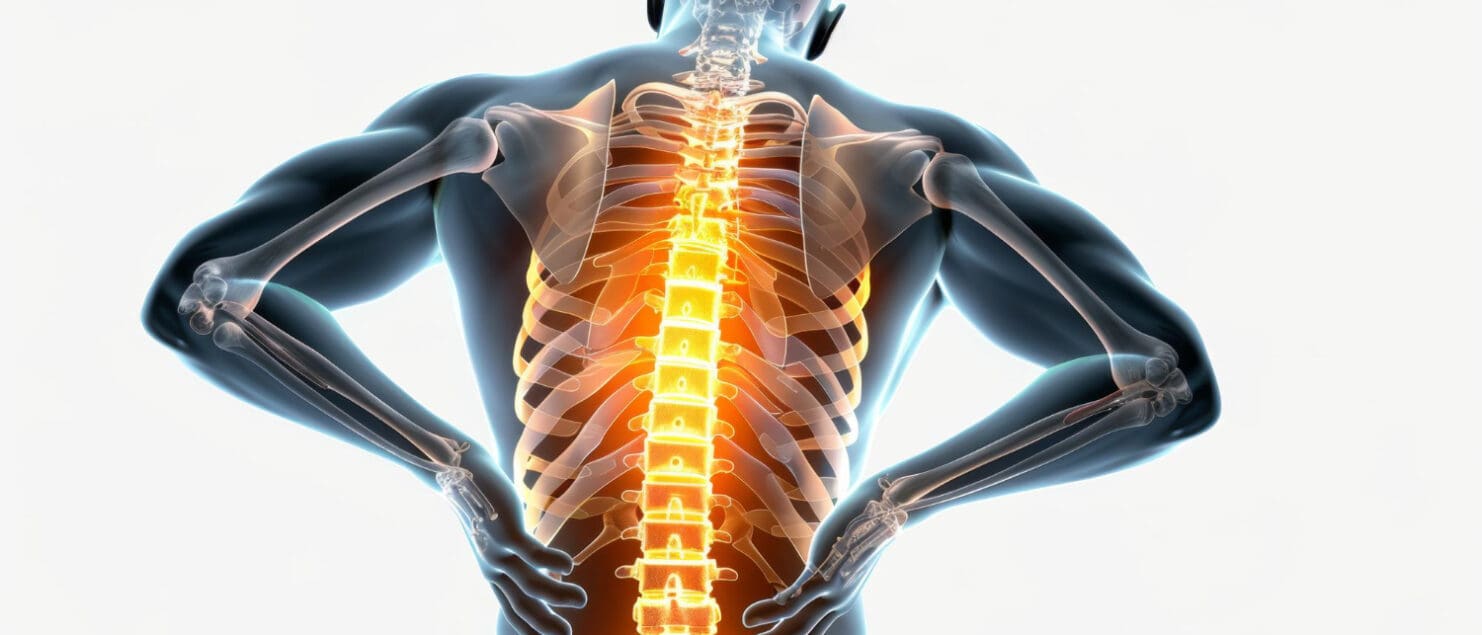The most important job of a chiropractor
What do you think the most important job of a chiropractor is? Being a good adjuster is a wonderful thing. You can change people’s lives by decreasing their pain. Skilled soft tissue work is also great as well, for the same reasons. Diagnosis is also critical. It’s been said, “if you don’t know where you’re going, any road will get you there.” But above all these is a single most important job, the most critical job any chiropractor ever does.
People often talk about seeing their MD for a new back pain, sometimes even mentioning they went to see if it would be safe for them to see a chiropractor. You may also have even heard of physical therapists attempting spinal adjusting. The problem with both of these is very similar. Chiropractic adjustments are very safe, but they’re very safe for a particular reason: Chiropractors are trained extensively to know when not to adjust. MDs don’t know this because they have no training or experience whatsoever with adjustments. Physical therapists are not trained in diagnosis or adjusting.
Chiropractic diagnosis training begins with conditions that contraindicate, or tell you to avoid, adjusting. A good example of this is a whole category of problems with the top of the spine. The first vertebra is an oval (known as atlas), and the second vertebra is a post (known as axis) which the first turns around. Conditions as diverse as severe trauma, rheumatoid arthritis, and Down’s Syndrome can all destabilize this region. In that event, this area should not be adjusted. This is an area where being able to read your own xrays (something all chiropractors are trained to do) is critical to adjusting. Specific xrays are used to evaluate this region. There are also essential neurologic and orthopedic diagnostic tests required for this process.
The bottom line here is that the person who is, and must be, the best expert on when not to adjust is the chiropractor. No one else is fully qualified to answer this question. Chiropractors have also pioneered diagnosis of spine pain. My favorite is the diagnostic algorithm published by Murphy et al in 2011 in the Journal of Chiropractic and Manual Therapies. Low back pain traditionally was treated as a single entity when interventions were tested. This makes no sense. Instead, these authors categorized back pain by what structure hurt, and then by additional factors making it worse. Finally, this information was paired with the form of treatment best for each category.


